Name Ingrid Pollard Role Artist | Books Postcards Home | |
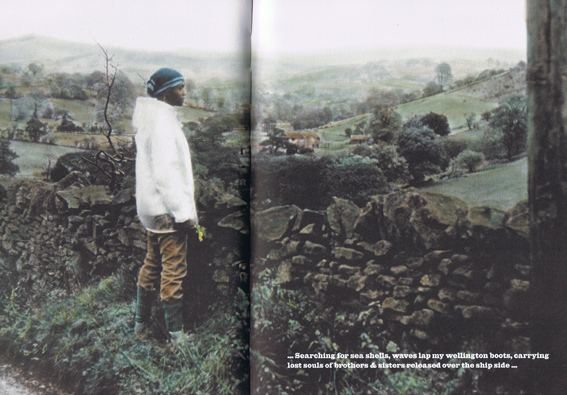 | ||
Nottingham Contemporary in conversation with Ingrid Pollard
Ingrid Pollard (born 1953 in Georgetown, Guyana) is a British artist and photographer. Her work uses portraiture photography and traditional landscape imagery to explore social constructs such as Britishness or racial difference. Pollard is associated with Autograph, the Association of Black Photographers. She lives and works in London.
Contents
- Nottingham Contemporary in conversation with Ingrid Pollard
- BALTIC Bites Ingrid Pollard subtitled
- Childhood
- Early career and education
- Work
- Collections
- References

In the 1980s Pollard produced a series of photographs of black people in rural landscapes, entitled Pastoral Interludes. The works challenge the way that English culture places black people in cities.
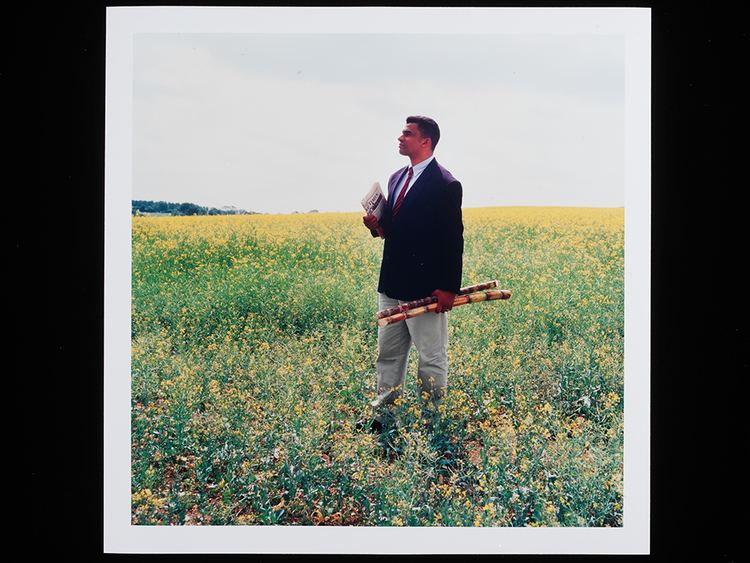
From 2005 to 2007 she curated Tradewinds2007, an international residency exhibition project with an exhibition at the Museum of London Docklands.
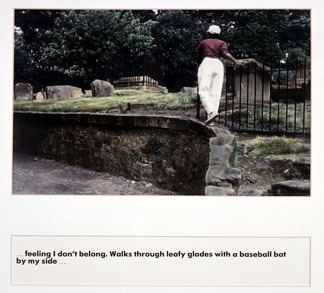
She has participated in group exhibitions at the Hayward Gallery and the Victoria & Albert Museum.

Pollard has worked as an artist in residence at a number of organisations, including Lee Valley Park Authority, London (1994), Cumbria National Park (1998), Wysing Arts, Cambridge (2000), Chenderit School, Oxfordshire (2008), and Croydon College (2011). She has also held numerous teaching positions and is currently a lecturer in Photography at Kingston University. Pollard is a member of the Mapping Spectral Traces: http://www.mappingspectraltraces.org/ research group.
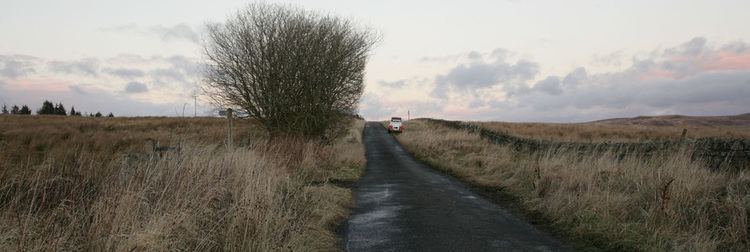
BALTIC Bites: Ingrid Pollard (subtitled)
Childhood
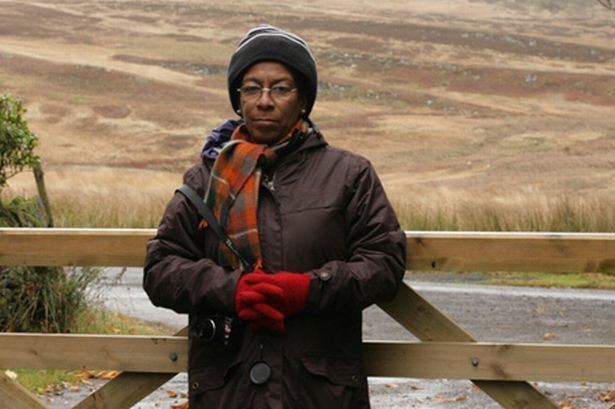
Pollard was born in Guyana in 1953. When she was three or four years of age, her family moved to United Kingdom, where her father already lived, and Ingrid grew up in London. She has described her youthful awareness of family photographs.
"I do not remember the first time I took a photograph, but I did grow up in a house of family photo-albums and the stories that went with them. My father took lots of pictures for our albums and later I used some of these images in my own work."
Pollard began to make her own pictures using her father's box camera. As a teenager in the late 1960s, she photographed woods and sewage works in the Lee Valley, East London for a school Geography project: a foretaste of her mature photographic work examining the landscape.
Early career and education
In the 1970s and early 1980s, Pollard became increasingly interested in liberation movements around race, gender and sexuality. In the early 1980s, she worked at the Lenthall Road Workshop, a feminist photography and screen-printing collective in the Haggerston area of Hackney, East London. She was one of twenty founding members of Autograph (the Association of Black Photographers) in 1988.
Pollard participated in a number of key exhibitions that brought together work by Black British artists, including Black Women Time Now (Battersea Arts Centre, London, 1984), The Thin Black Line (I.C.A., London, 1985) and Three Black Women Photographers (Commonwealth Institute, London, 1986).
Pollard completed a BA in Film and Video at the London College of Printing in 1988 and, between 1986 and 1993, worked on the technical crew for a small number of film projects. She went on to complete an MA in Photographic Studies at Derby University in 1995.
Work
In the 1980s, Pollard began to attract attention for her photographic series, particularly those exploring the presence of black people in the English landscape, including Pastoral Interlude (1987–88), Seaside Series (1989), Wordsworth's Heritage (1992) and Self Evident (1995). In these series, the artist worked with material that evoked notions of heritage or played upon nostalgic sentiments associated with the national landscape: the souvenir postcard, the poetry of William Wordsworth and hand-tinted photographs. She often placed text statements and quotations alongside her images to suggest a political framework for her photographic work. Developing such forms allowed Pollard to challenge traditional views of the English landscape as a zone exclusively owned by white people, and the related assumption that Black British people are only to be imagined in an urban setting.
These racially-specific stereotypes of rural England are set out in the caption attached to the first image of Pastoral Interlude:
"... it's as if the Black experience is only lived within an urban environment: I thought I liked the Lake District where I wandered lonely as a Black face in a sea of white. A visit to the countryside is always accompanied by a feeling of unease, dread..."
From 2005 to 2008, Pollard was engaged in a research project into the "Black Boy" - a once-common name for English pubs. This led to the publication of Pollard's book, Hidden in Public Place. and a solo exhibition, Spectre of the Black Boy (Kingsway Gallery, Goldsmiths University of London, 2009).
Ingrid Pollard was awarded an Honorary Fellowship of the Royal Photographic Society in 2016.
Collections
Ingrid Pollard's work is represented in a number of public museums and university collections, including the National Media Museum, the Victoria & Albert Museum, Tate, Cartwright Hall Art Gallery, Bradford, Arts Council Collection, National Trust.
